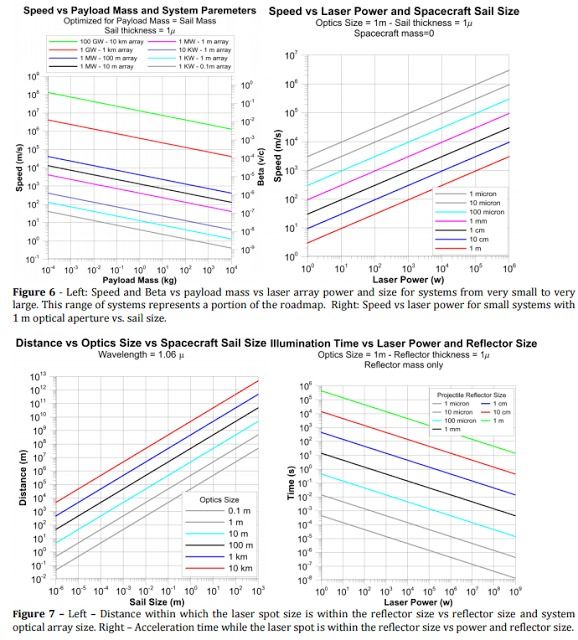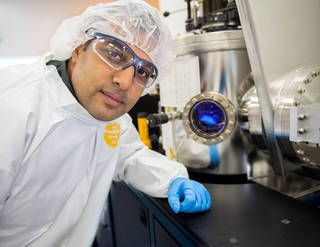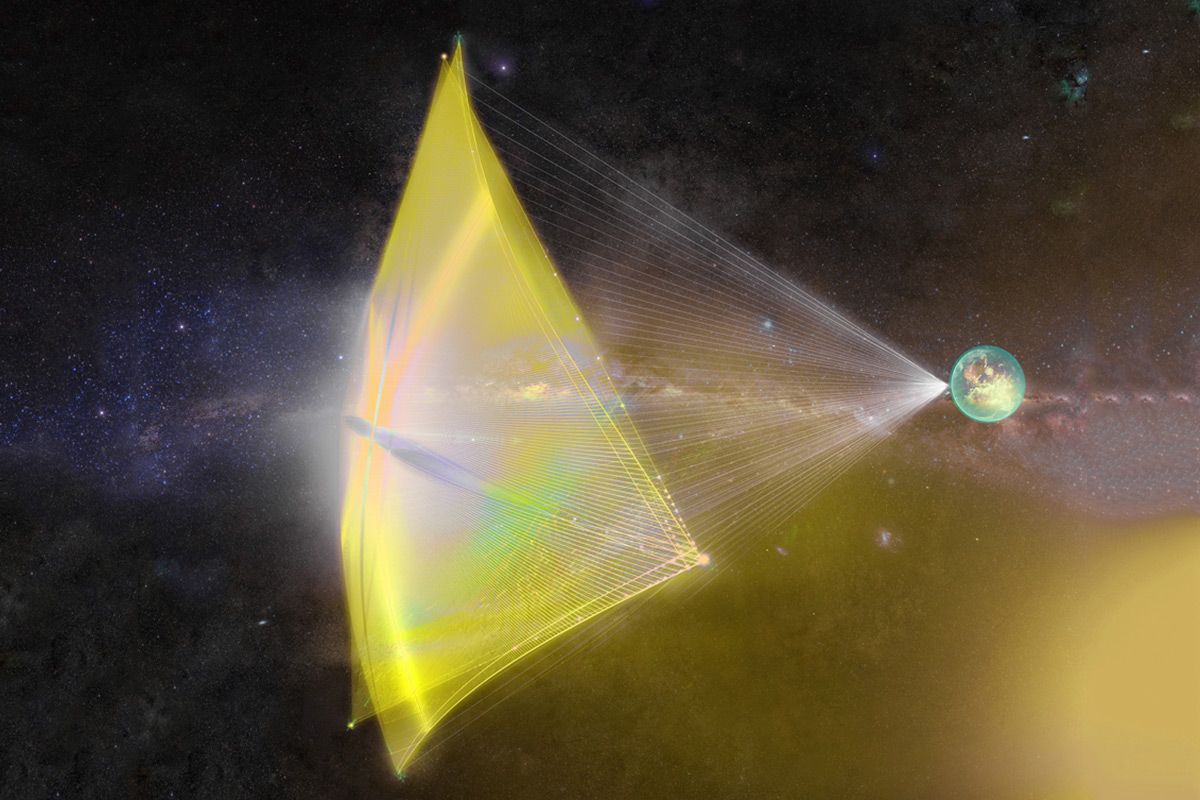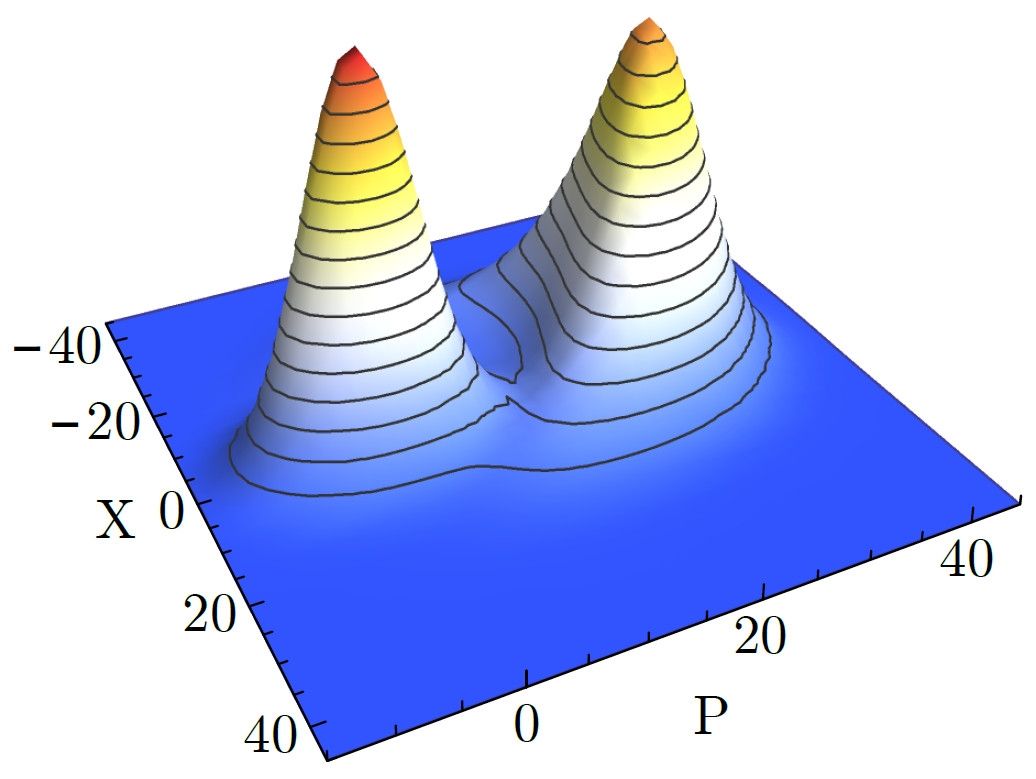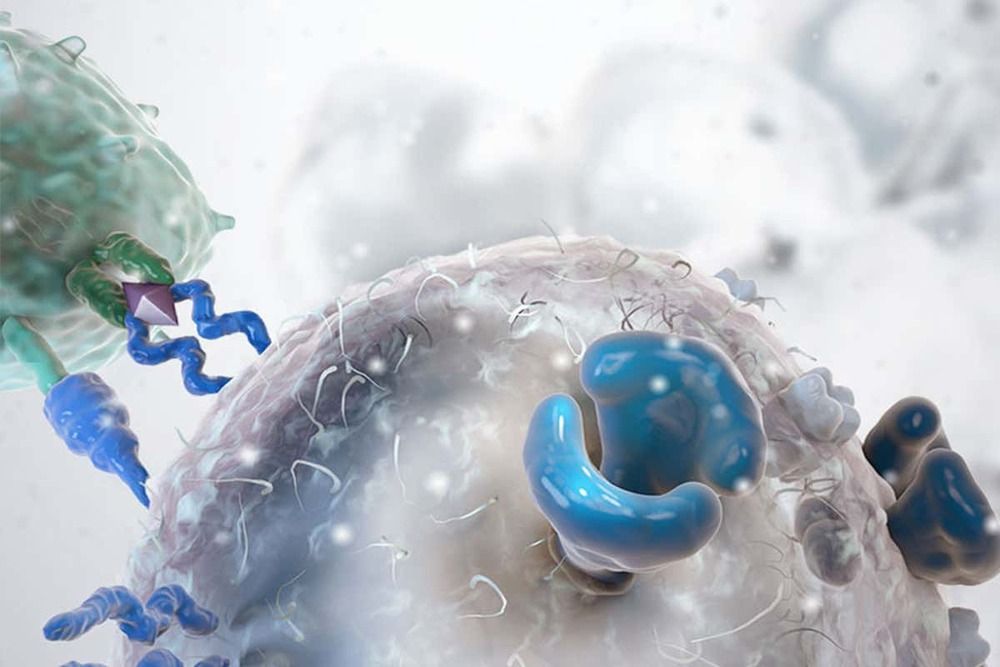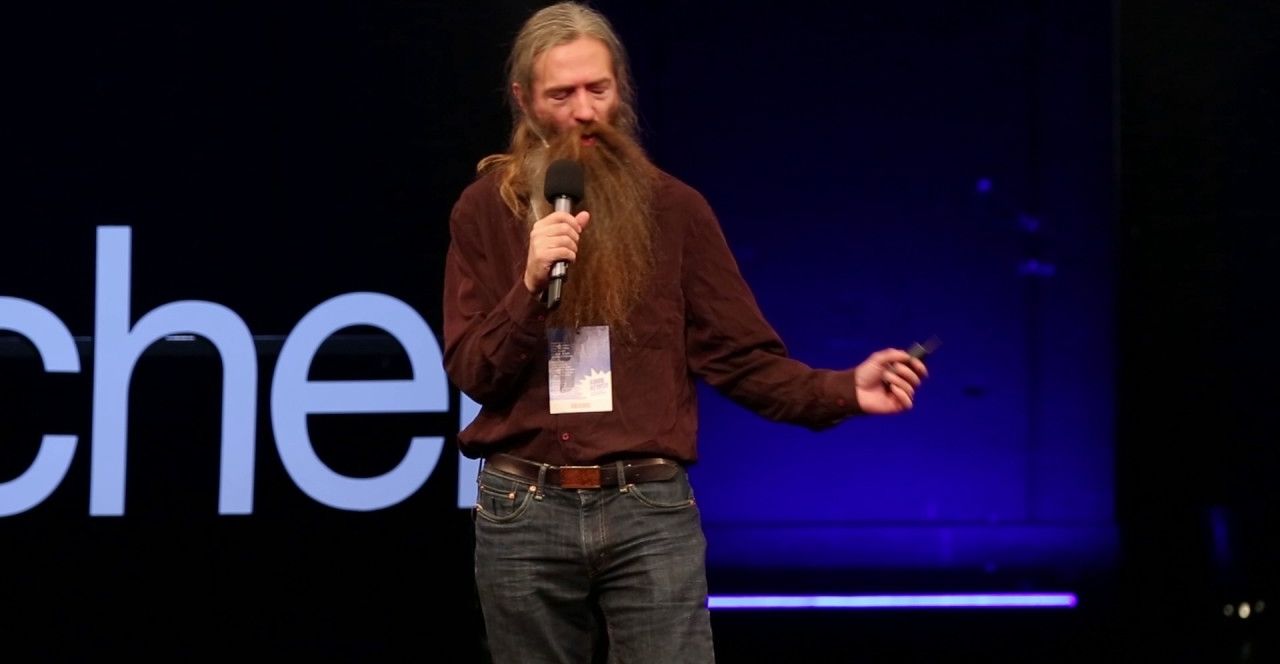Oh, the logic of objections against rejuvenation! bigsmile
If you’ve ever tried to advocate for rejuvenation, you know it is hard. Usually, people deem the idea as crazy/impossible/dangerous well before you get to finish your first sentence. Living too long would be boring, it would cause overpopulation, ‘immortal’ dictators, and what you have. However, you’ve probably never heard anyone use the same arguments to say that we should not cure individual age-related diseases. This is largely because people have little to no idea about what ageing really is, and how it cannot be untangled from the so-called age-related pathologies. These are nothing more, nothing less, than the result of the life-long accumulation of several types of damage caused by the body’s normal operations. Unlike infectious diseases, the diseases of old age are not the result of a pathogen attack, but essentially of your own body falling apart. As I was saying, people are largely unaware of this fact, and therefore expect that the diseases of ageing could be cured one by one without having to interfere with the ageing process itself, as if the two weren’t related at all. The result of this false expectation would be that you could cure Alzheimer’s, Parkinson’s, etc., but somehow old people would still drop dead around the age of 80 just because they’re old. That’s like saying they died of being healthy.
Back to reality, this can’t be done. To cure the diseases of old age, you need to cure ageing itself. If, for whatever reason, you think that curing ageing as a whole would be a bad idea and it should not be done, the only option is to not cure at least some of the root causes of ageing. Consequently, some age-related pathologies would remain as untreatable as they are today.
Now, the typical objections raised against rejuvenation tend to sound reasonable at first. To some, the statement ‘We should not cure ageing because it would lead to overpopulation’ sounds self-evident. However, if we consider the implications of this statement, things start getting crazy. As said, not curing ageing implies not curing some of its root causes, which in turn implies not curing some age-related diseases. Therefore, the sentence ‘We should not cure ageing’ implies ‘We should not cure [insert age-related disease here] ‘. What happens when we reformulate typical objections to rejuvenation in this fashion?
Read more
